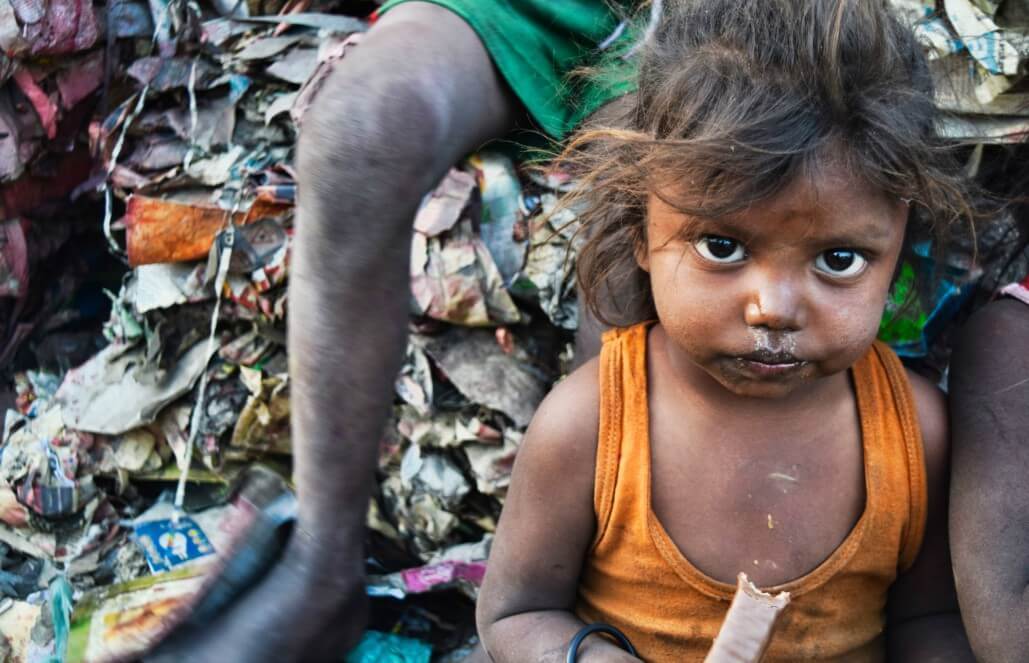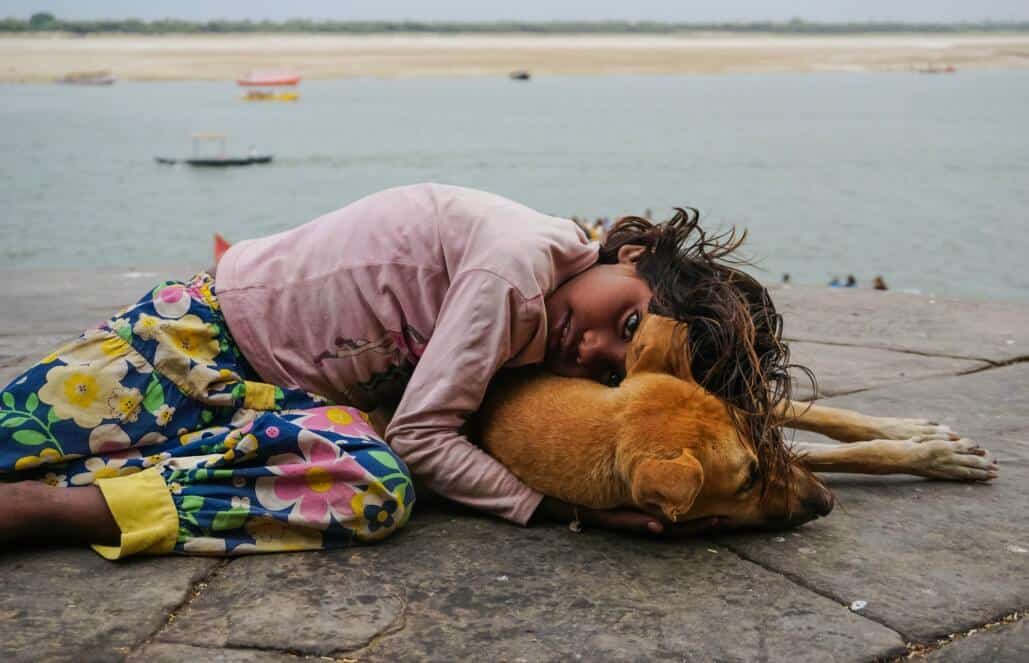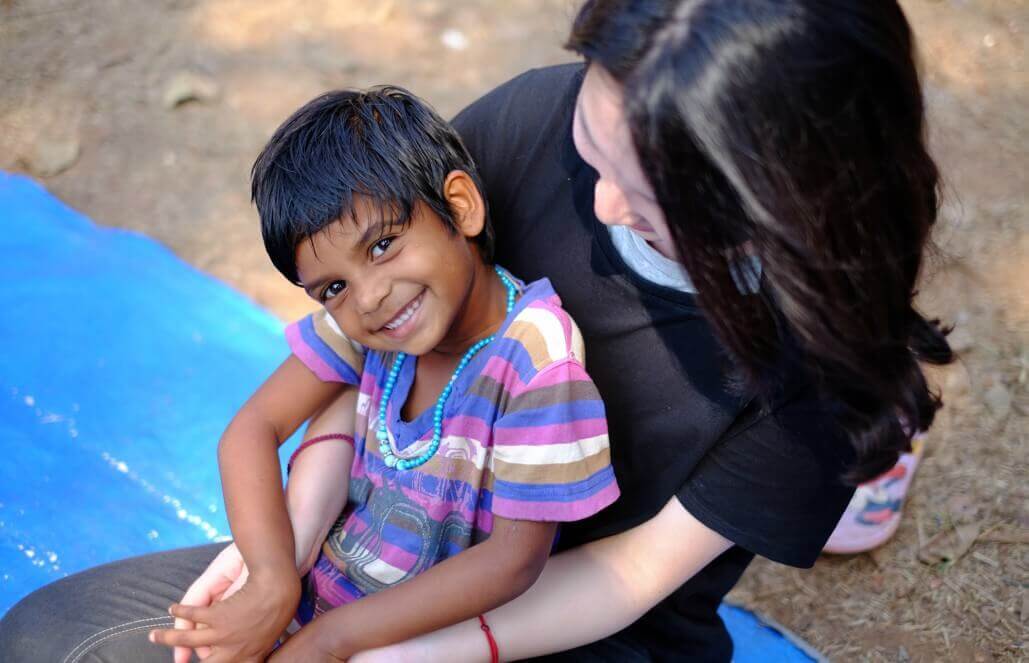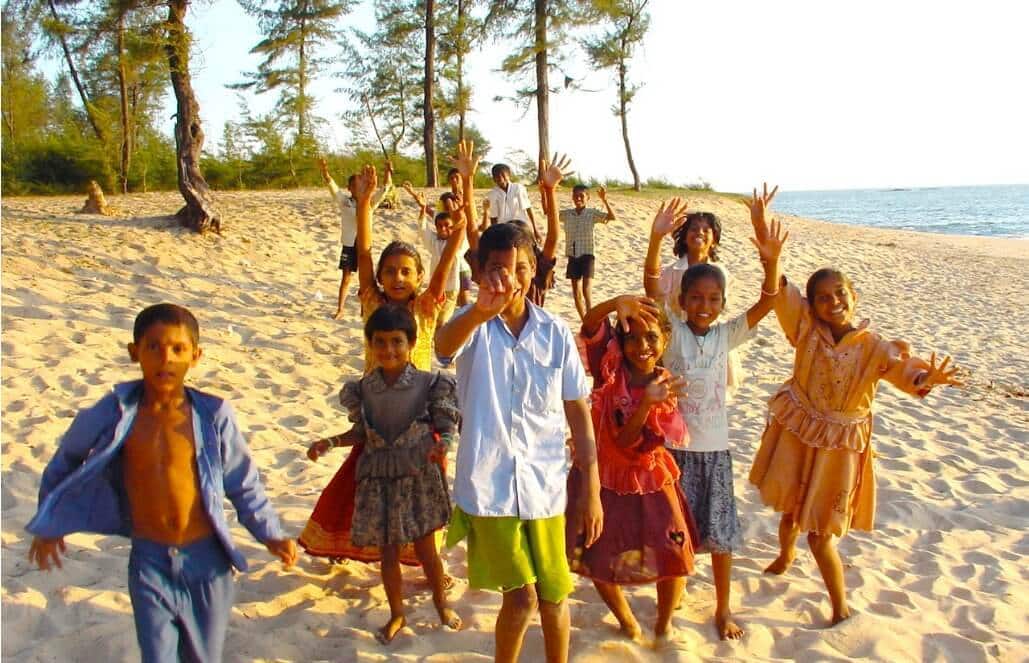There is no accurate data on street kids living in India, just the fact that it has the largest number of child workers in the world.
This sentence alone says so much about the issue that there is no need to flash numbers with six zeros or report on statistics that would overwhelm most who come across them.
We simply don’t know the gravity of the situation. What we do know is that there is an astonishing number of children growing up on the streets of India, who are mostly looking for one thing: a better life.
Who are the street children of India?

There are a few different types of children living on the streets, including those that have families to whom they go back to in the evenings, and those that are on their own, either because they have been orphaned or are runaways.
The ones who are going back to their families at night are not exactly in the clear, as that could still mean sleeping on the streets. The runaways are roaming freely because what is behind them is a life of violence and abuse, with the streets offering them a better alternative.
Migrant children are the ones who leave their villages and travel to bigger cities in the hope of finding work and being able to send money back to their families. Unfortunately there are many children, and also adults, who follow this route, finding nothing more than a life of poverty, abuse and exploitation on the city streets instead and little means to come home.
The Indian street children tend to be between 6-15 years old and are mostly boys. Girls can usually only be found in the shadows, so information on them is even harder to some by.

What are the kids doing on the streets?
Most of them work.
As previously stated, these kids are looking for a better life; whether it be through gaining enough money to bring back to their families in the hopes that their siblings can then go to school, or because they seek freedom which can only be obtained when there are no adults looking after you.
Their work can include shining shoes and sorting through garbage for recycling, or selling everything under the sun to tourists and locals alike. This type of work can take up 10-13 hours a day, leaving the children tired and with little motivation to attempt to get an education.
What happens to the money that the kids make on the streets?
This is the hardest part of the story because this is essentially what keeps them in a loop of poverty: they cannot save money out of fear of it being stolen, and they don’t always need it for food as there are kitchens for the homeless available at temples and through organizations. Unfortunately that means that the money may go towards drugs or other expenses that don’t contribute to a better future.
More importantly, because these children spend most of their day working, they are unable to get an education which could otherwise provide them with a way out of poverty. Instead, the street kids quickly turn into homeless adults, who in turn produce street children; creating a never ending loop.
What are the consequences for kids who stay on the streets?
As most of the work is outdoors, the street children of India are exposed to the elements on a daily basis: extreme heat, months of dangerous flooding and the winter cold. There is no relief of air conditioners or an extra sweater to pick out of the closet, when the weather takes a turn. This naturally puts the children at a higher risk of getting sick and developing a more serious illness.
The nature of their work, especially those working with garbage and in sewers, as well as the unhygienic conditions of their living environment, can also contribute to them catching diseases that are far worse than seasonal illnesses. The lack of healthcare available to impoverished people further decreases their chance of full recovery and may impact on their ability to work in the future.
Living on the streets also means that the children give up their youth in exchange for a life of hard work and no play. There are no facilities or opportunities for children to just be children, unless they reach out for help, so unfortunately many start drinking and doing drugs.
How can we help?

When a child lives their life on the streets, trusting an adult becomes almost impossible. Is this individual sinister and will they put my life in further danger, or are they here to help? This causes many to also not be ready to seek help or even talk about their experiences; making rehabilitation harder.
GoEco’s Teaching and Community Work project in Goa and the Community Aid project in Rajasthan, are established programs that help rebuild communities and offer support to the people that are often most disadvantaged – the women and children. At the projects you will have the opportunity to build their English skills, thus raising their prospects of landing a good job, play games with them so that they can regain some of their youth, and most importantly give them the love that they have not felt for a very long time.

Previous volunteers have also highlighted how rewarding the experience had been for them to spend time with the children, especially when they got to take them on fun trips, like going to the beach and to the zoo. By becoming positive role models, the volunteers were able to create special bonds with the children, even if it was for a short time, that created lasting memories and an improved understanding of the world, on both sides.
Are you ready to change lives?
Head over to the GoEco website for more projects in India, or check out our blog for past volunteer experiences in India.








